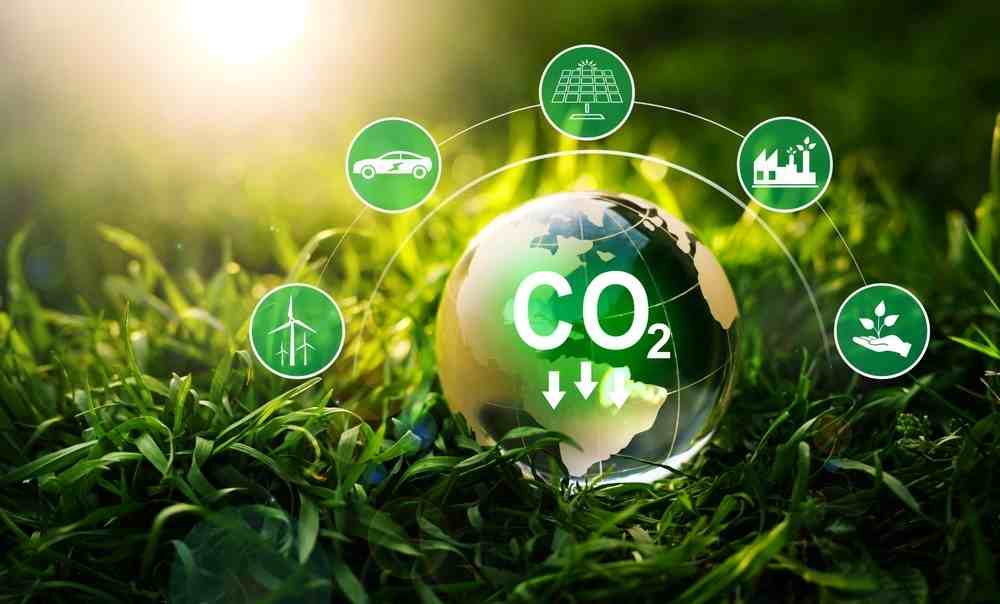BEE releases compliance mechanism for Carbon Credit Trading Scheme (CCTS)
The new BEE procedure or guidelines currently includes nine sectors for a gradual transition. These are Aluminium (Refinery/Smelter), Chlor Alkali, Cement, Fertilizer, Iron & Steel (Integrated Steel Sponge Iron), Pulp & Paper, Petrochemicals, Petroleum refinery, and Textile (Composite, Fiber, Spinning, Processing).
 Indian Carbon Market: CSE Report Recommends High Floor Price
Indian Carbon Market: CSE Report Recommends High Floor Price
The Bureau of Energy Efficiency (BEE) has released the first comprehensive procedure for obligated entities under the Carbon Credit Trading Scheme (CCTS) compliance mechanism. The CCTS 2023 was notified by the government on June 28, 2023, under the Energy Conservation Act of 2001. BEE had shared the draft guidelines for this compliance mechanism in November last year. It has taken the agency a full year from CCTS to announce the complete procedure.
The new BEE procedure or guidelines includes nine sectors for a gradual transition. These are Aluminium (Refinery/Smelter), Chlor Alkali, Cement, Fertilizer, Iron & Steel (Integrated Steel Sponge Iron), Pulp & Paper, Petrochemicals, Petroleum refinery, and Textile (Composite, Fiber, Spinning, Processing).
The BEE document also indicates that more sectors will be added in the future.
According to the new guidelines, an obligated entity ‘A’ can sell their Certified Carbon Credits (CCC), while obligated entity ‘B’ must surrender the CCC through the trading exchange to comply with the annual greenhouse gas (GHG) emission intensity targets.
Non-obligated entities are also allowed to purchase CCCs within the compliance system.
‘Renewable Energy’ Part Of Compliance Mechanism
Experts are particularly pleased with Clause (17) of the guidelines, which addresses the “Treatment of renewable generated electricity” within the compliance system for obligated entities. The CCTS compliance mechanism states that an obligated entity using renewable energy through onsite generation or offsite procurement via open access, dedicated power purchase agreements, or Green Tariff will have this energy input considered as having zero GHG emissions.
Experts believe that, beyond the environmental benefits of reducing emissions, transitioning to renewable energy provides a strategic advantage in meeting the carbon market compliance mechanism. Industry professionals feel this provision could drive growth in the renewable energy sector in the coming years.
The guidelines also clarify that the purchase of Renewable Energy Certificates (RECs) for Renewable Purchase Obligation (RPO) or voluntary purchase does not count as a renewable energy claim under the compliance mechanism.
Regarding the banking of CCCs, the procedures state that any remaining Carbon Credit Certificates from a compliance year may be banked for use in subsequent years. These banked CCCs can either be sold within the Indian Carbon Market or used to meet future compliance requirements.
The procedure establishes a robust monitoring and reporting process to ensure the success of the guidelines and facilitate emission reductions. GHG emission intensity will be calculated by considering both direct and indirect GHG emissions using the ‘Gate-to-Gate’ boundary principle to ensure comprehensive coverage of all products.




